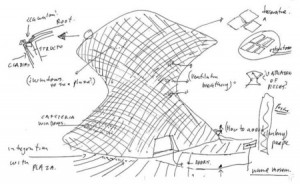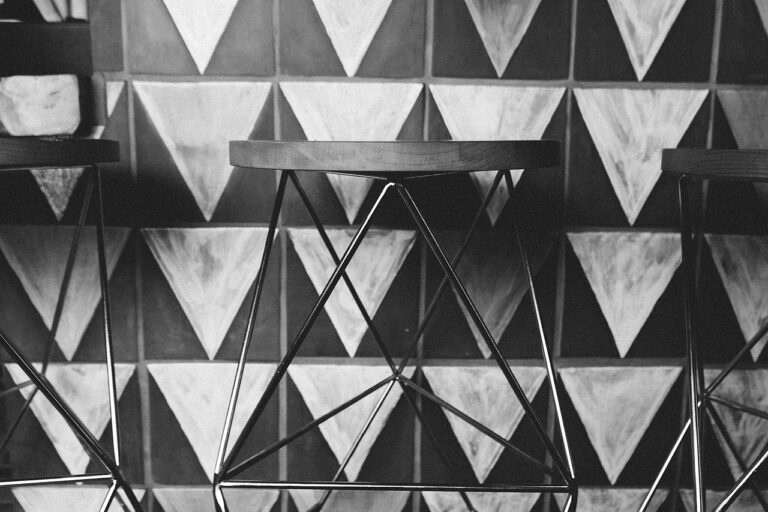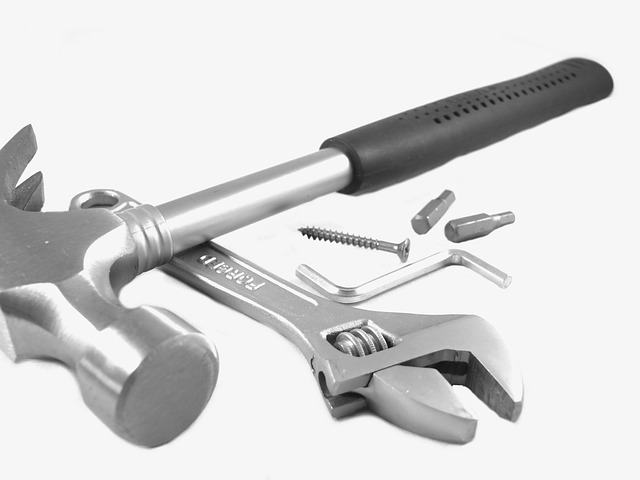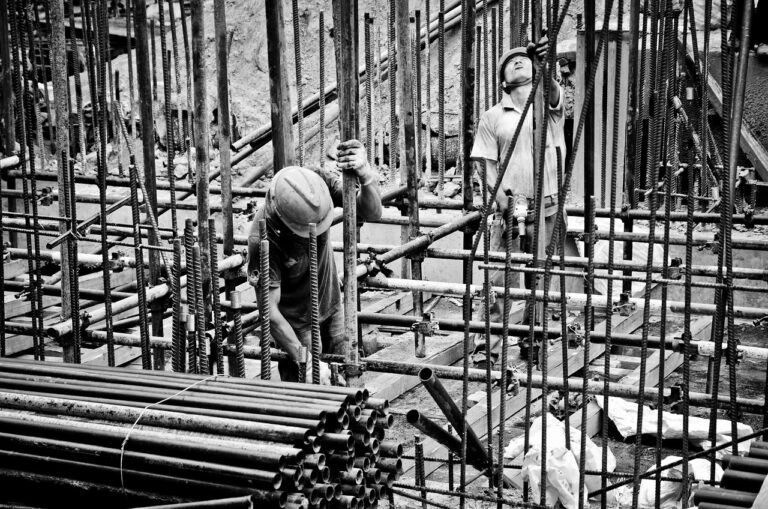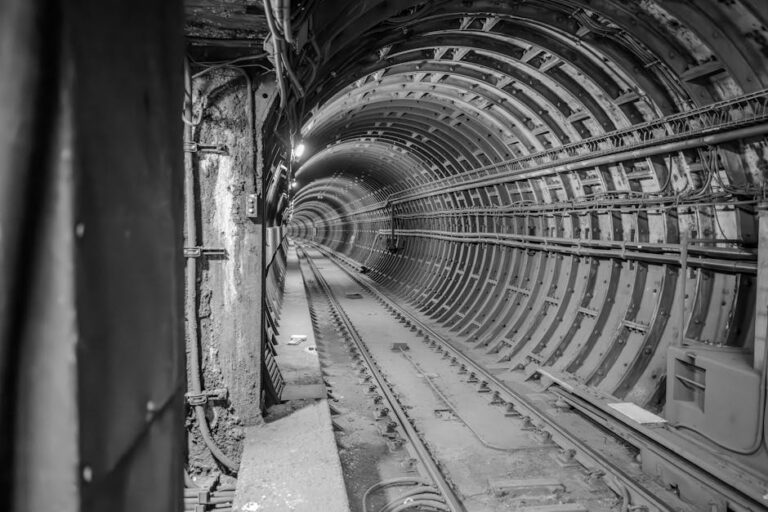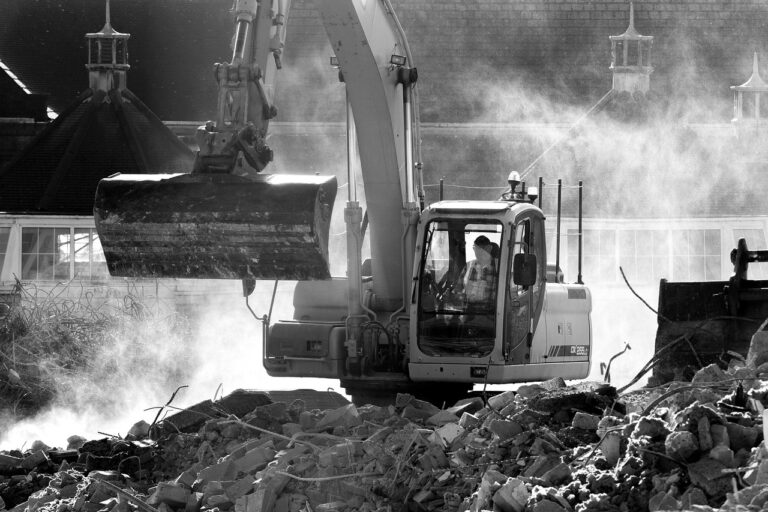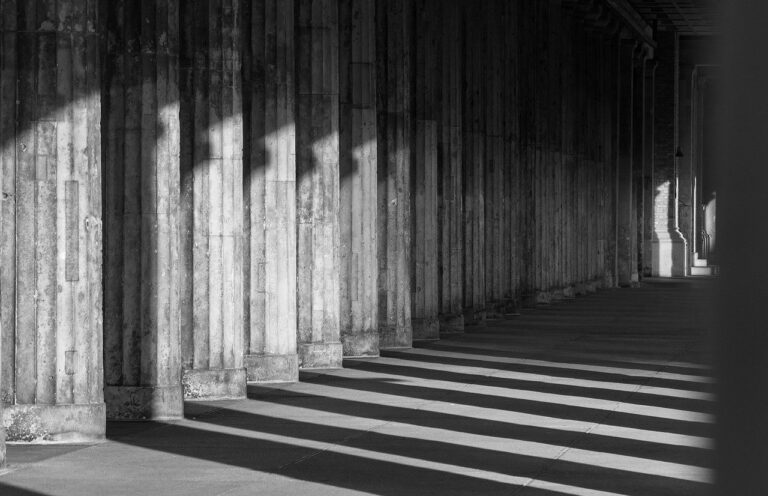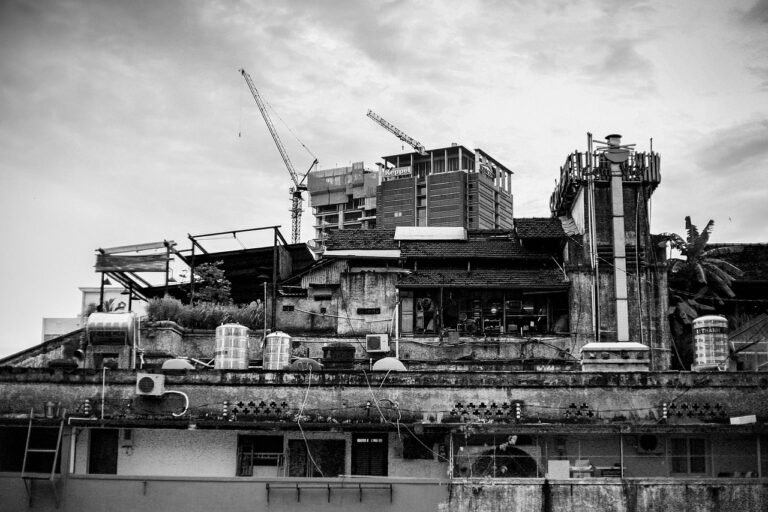In my recent post The Ups and Downs of Hyberbolic Structures, I discussed modern day manifestations of Vladimir Shukhov’s hyperbolic structures. My determination was that despite a handful of negligible examples, no structure has been built that equals the structural genius, integrity, and simple aesthetic of Shukhov’s towers, especially his Moscow tower.
In my research, I came across several examples of dubious enterprises. I also proposed that James Carpenter’s Sky-Reflector Net, at the New York Fulton Street Transit Center Pavilion, was a worthy homage to Shukhov’s work, despite the inverse engineering techniques; suspension vs. tension. This nuance is likely never encountered to the untrained eye.
Somehow, in researching hyperbolic structures, I missed the Ove-Arup/Gehry over-engineered Museo Soumaya (2011), in Mexico City. The Museo was designed by the owner’s son-in-law, and named after his wife. It came to my attention when I noticed a corner of it jutting into a photo of the recently built Museo Jumex, and I was intrigued. The structure houses the $700M trophy-case art collection of the world’s richest man, Carlos Slim. It was budgeted at a paltry $38M to build, but was realized for $70M; a negligible sum for the owner. The museum was received relatively coolly by the press, and I fear some impressions were restrained due to antipathy for the perceived arrogance of Mr. Slim, and his alleged nose for bargains rather than tasteful art acquisitions.
I immediately noticed the similarity of the building to the Carpenter Sky-Reflector Net, and was initially drawn to the structure’s Lady Gaga-like corset. It is more attenuated and severe at its wasp-waist mid-section than Carpenter’s work, and at 150′, about twice in height. The 16,000 honeycomb panels echo the diamond panel treatment of Carpenter’s net. Like the Sky-Reflector net, the Museo Soumaya also features an oculus, to let in natural light, which is the only source of natural light on the windowless structure. An early rendering suggests that windows were at least at one time considered (click image to see note upper left).
However, the view upwards is gummed up by the cacophony of supporting beams resembling a horizontal ferris wheel.
Unlike Carpenter’s work, the hyperbola is not symmetrical. It also differs from both Carpenter’s and Shukhov’s work in that it is neither constructed in suspension (Carpenter) nor tension (Shukhov), but in compression, composed of 28 curved steel vertical columns and seven beams.
 At the end of the day, we realize that whether a hyperbolic structure be designed in tension, compression, or suspension, none have matched the simple integrity of Shukhov’s Avant-Garde achievements. Given advances in lightweight concrete and carbon structural materials, and enhanced designs created by BIM models, I believe that we haven’t seen the last of great hyperbolic structures.
At the end of the day, we realize that whether a hyperbolic structure be designed in tension, compression, or suspension, none have matched the simple integrity of Shukhov’s Avant-Garde achievements. Given advances in lightweight concrete and carbon structural materials, and enhanced designs created by BIM models, I believe that we haven’t seen the last of great hyperbolic structures.

